5 Ways a Retractable Awning Can Help Reduce Energy Costs
In the current climate of rising energy costs, homeowners are increasingly seeking innovative solutions to reduce consumption and minimize expenses. One overlooked yet highly effective solution is a retractable awning installation. Retractable awnings serve multifaceted functions ranging from providing shade to enhancing the aesthetic appeal of your home. According to HomeAdvisor, retractable awnings last around 8 to 15 years, so a retractable awning installation is a worthwhile investment for homeowners. The potential for energy savings is another significant advantage, which can result in reduced utility bills. This article explores the various ways a retractable awning can contribute to energy savings.
1. Minimizing Solar Heat Gain
One of the primary ways a retractable awning installation aids in reducing energy costs is through minimizing solar heat gain. Solar heat gain refers to the increase in temperature in a space resulting from solar radiation striking a surface, such as a window or wall. Retractable awnings can prevent direct sunlight from entering your home, thereby reducing the internal temperature. This reduction in temperature decreases the need for air conditioning, leading to lower energy consumption. Essentially, awnings act as a barrier, blocking excessive heat and making your home more comfortable.
Unlike fixed options, retractable awnings can be adjusted seasonally to maximize efficiency. During summer, they can be extended to offer full coverage and block intense solar rays. Conversely, in winter, they can be retracted to allow sunlight to naturally heat your space. This adaptability ensures that you are optimizing for efficiency based on seasonal weather patterns. By dynamically adjusting to seasonal changes, homeowners can more effectively manage indoor climate and energy use.
Real-life examples provide a clearer picture of the effectiveness of retractable awnings in reducing solar heat gain. Compared to alternative solutions like window films or shades, awnings often outperform due to the versatility they offer. As such, they are an excellent option for homeowners seeking both immediate and long-term energy savings. Versatility and effectiveness in reducing heat make retractable awnings a top choice for energy-conscious homeowners.
2. Lowering Air Conditioning Usage
Reducing air conditioning usage is another way a retractable awning installation contributes to energy efficiency. By blocking solar rays, awnings prevent excess heat from entering the home, thus reducing the cooling load on air conditioning systems. Lower cooling demand translates to less frequent use of AC units, subsequently cutting electric bills. The reduction in air conditioning usage not only decreases energy consumption but also extends the longevity of your appliances by preventing overuse. This combination of factors results in significant financial savings over time.
Furthermore, retractable awnings help to minimize cool air loss from inside the home. By providing shade and lessening sun exposure, awnings maintain a more consistent indoor temperature. This decreases the need for air conditioners to work overtime to circulate cool air. Even under extreme heat conditions, awnings assist in maintaining comfortable living conditions without excessive reliance on mechanical cooling. This makes them an indispensable tool in areas where scorching temperatures are the norm.
Financial savings from decreased air conditioning use are noticeable and impactful. This initial investment can quickly be recouped through lowered energy bills over several seasons. As energy costs continue to rise, the role of awnings in supporting sustainable and economical living becomes increasingly valuable.
3. Energy Efficiency Through Smart Technology
With advancements in smart home technology, retractable awnings now offer more sophisticated energy-saving solutions. Smart awnings are equipped with automation features that enable them to extend or retract based on specific conditions such as sunlight intensity and wind speed. These automated systems regulate shade provision without the need for manual intervention, ensuring optimum energy efficiency. The inclusion of smart technology enhances the user experience while optimizing energy management within the home. Automation allows for a more strategic approach to energy conservation, often leading to higher energy savings.
Sensor technologies integrated into smart awnings amplify their functionality. These sensors can detect environmental changes in real-time and adjust the awning's position accordingly. When the sun reaches a certain intensity, sensors trigger the extension of the awning to provide a cooling effect. Likewise, retracting the awning during overcast weather helps to preserve warmth inside the home.
The integration of smart awnings into overall home energy systems offers even greater energy-saving advantages. When connected to smart home hubs, these awnings can be programmed to align with other energy-saving devices such as smart thermostats. This creates a comprehensive energy-efficient ecosystem, reducing the home's overall carbon footprint. By automating common home functions, homeowners enjoy reduced energy consumption, more comfort, and lower utility bills.
4. Enhancing Natural Ventilation
Furthermore, natural ventilation is an eco-friendly solution to improve indoor air circulation without relying on mechanical ventilation systems. Retractable awnings contribute to natural ventilation by facilitating better airflow around the structure. Providing shade encourages windows and doors to remain open, allowing fresh air to circulate freely. Improved airflow helps expel hot air while drawing in cooler air, creating a balanced indoor temperature.
By using a retractable awning installation strategically, homeowners can maximize airflow through their living spaces. Positioning awnings where they can shield windows from direct sunlight optimizes their utility for ventilation. Studies show that enhancing airflow via natural means can significantly decrease energy requirements. Additionally, well-planned awning installations aid in cross-ventilation, which is particularly beneficial in multi-room homes.
Designing homes with ventilation in mind becomes easier with retractable awnings. Their flexibility allows homeowners to tailor ventilation options to their daily or seasonal requirements. Alongside passive cooling benefits, homeowners can further reduce energy bills by relying less on artificial cooling solutions. Balancing natural ventilation with occasional air conditioning provides optimal comfort levels without incurring high energy costs.
5. Protecting Home Interiors
Excessive sun exposure can lead to degradation of home interiors, affecting both furniture and materials. Ultraviolet (UV) rays can cause fading and wear over time, necessitating more frequent replacements and repairs. Retractable awnings help mitigate this risk by blocking harmful rays, preserving the condition of interior elements. By providing shade, awnings prevent direct sunlight from penetrating windows, lessening the impact that sun damage can have on materials. Protection from sun exposure results in the prolonged life of interior features, reducing the need for premature replacements.
Beyond aesthetic considerations, protecting interiors from sun exposure also impacts energy costs. Heat absorbed by furnishings and walls can raise indoor temperatures, increasing cooling demands. Preventing this heat gain with awnings lowers these energy requirements. By preserving thermal comfort, awnings reduce the energy needed to counteract heat increases caused by solar exposure. Over time, these adjustments lead to notable cost savings on energy bills through decreased demand for cooling.
Using a retractable awning installation as a preventative measure is both a practical and economical choice when considering interior preservation. Despite the initial costs of retractable awning installations, the upfront investment is justified by the subsequent reduction in interior damage. Financial savings are compounded by extending the lifespan of home furnishings and materials.
Retractable awnings are a versatile and energy-efficient addition to any home. From minimizing solar heat gain to enhancing property value, they offer numerous benefits that can significantly reduce energy costs. If you have any more questions about our awning services, please don't hesitate and reach out to our dedicated team. Contact Sunshades Awning Company, Inc today to get started with your retractable awning installation or if you would like more information.

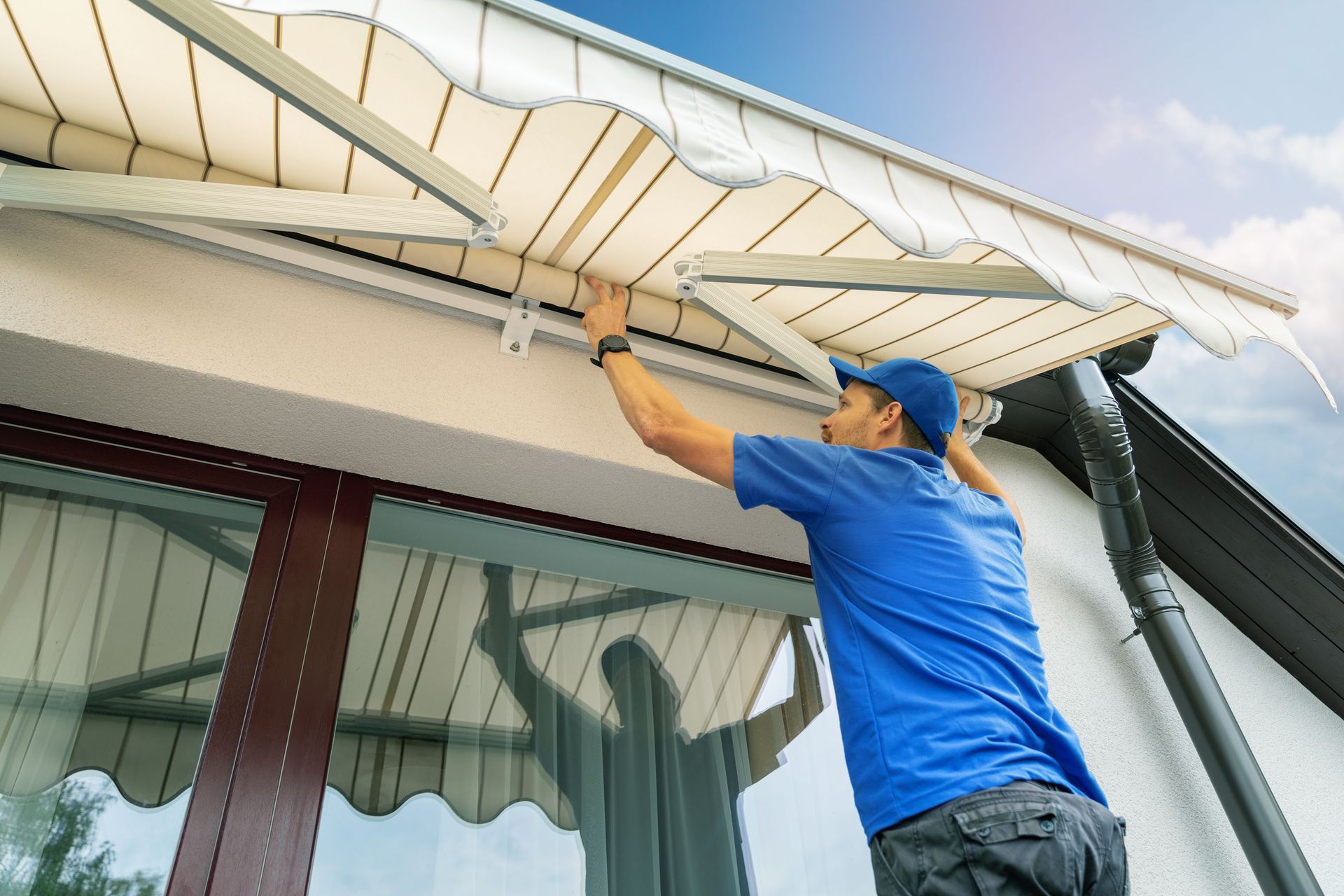
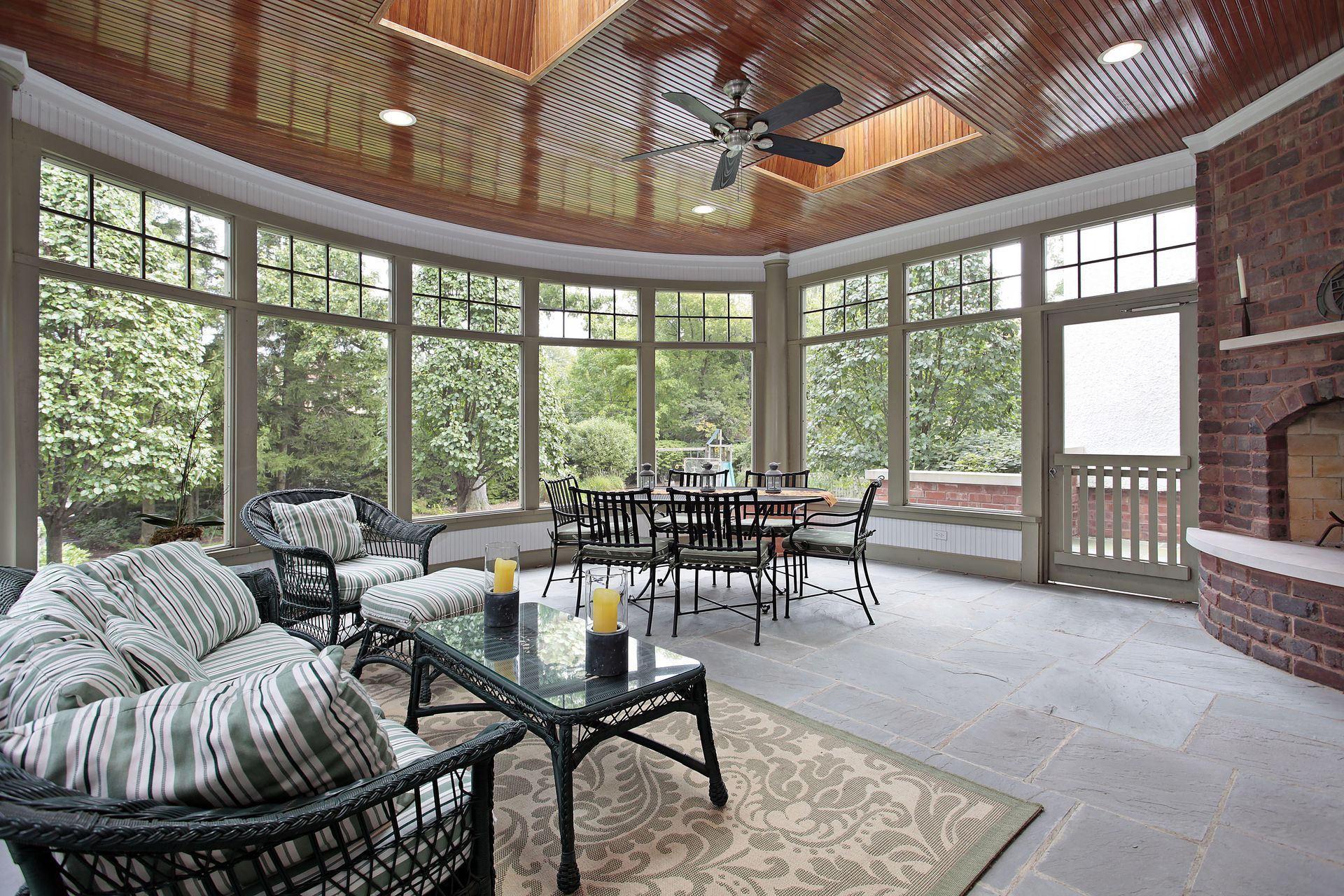
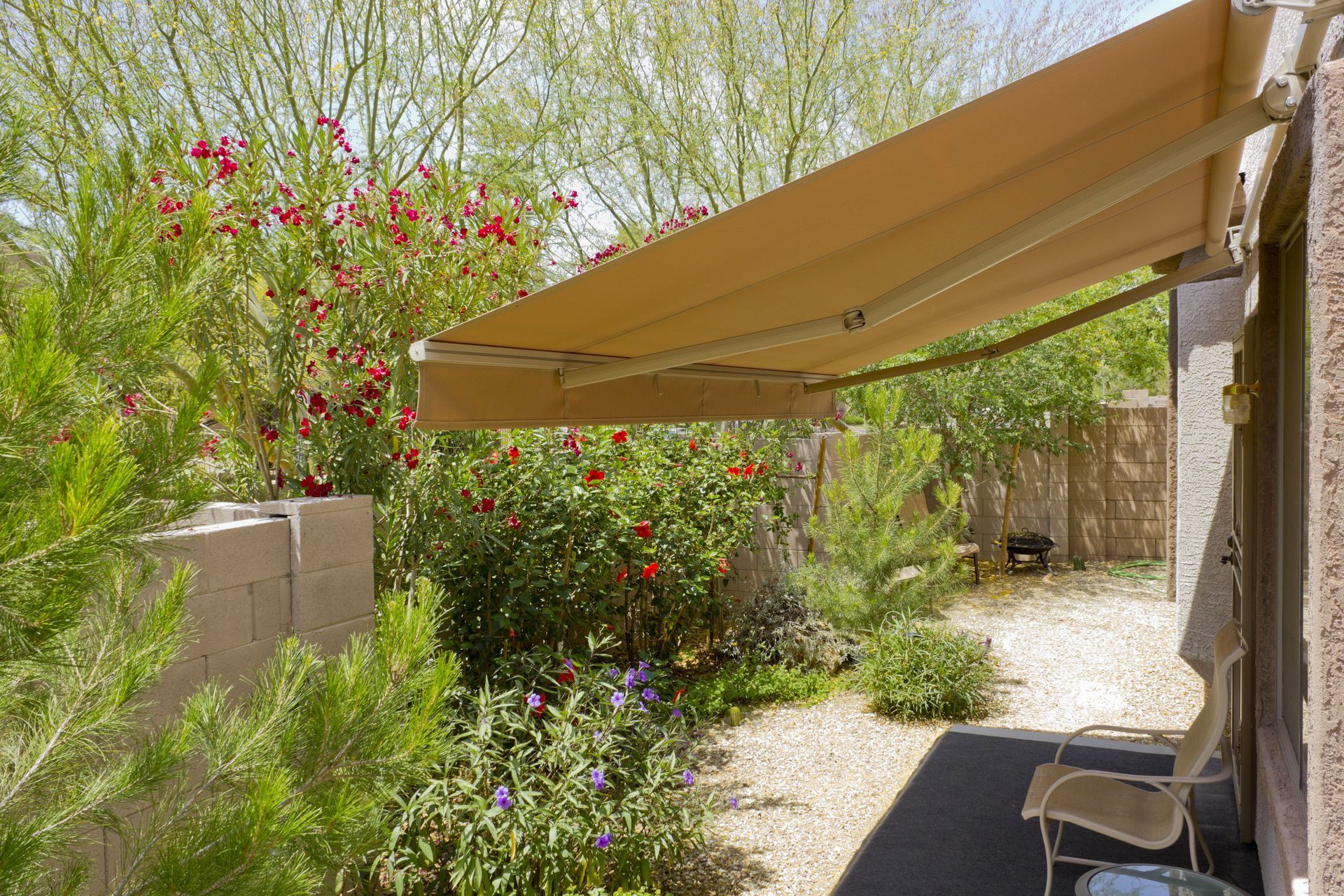
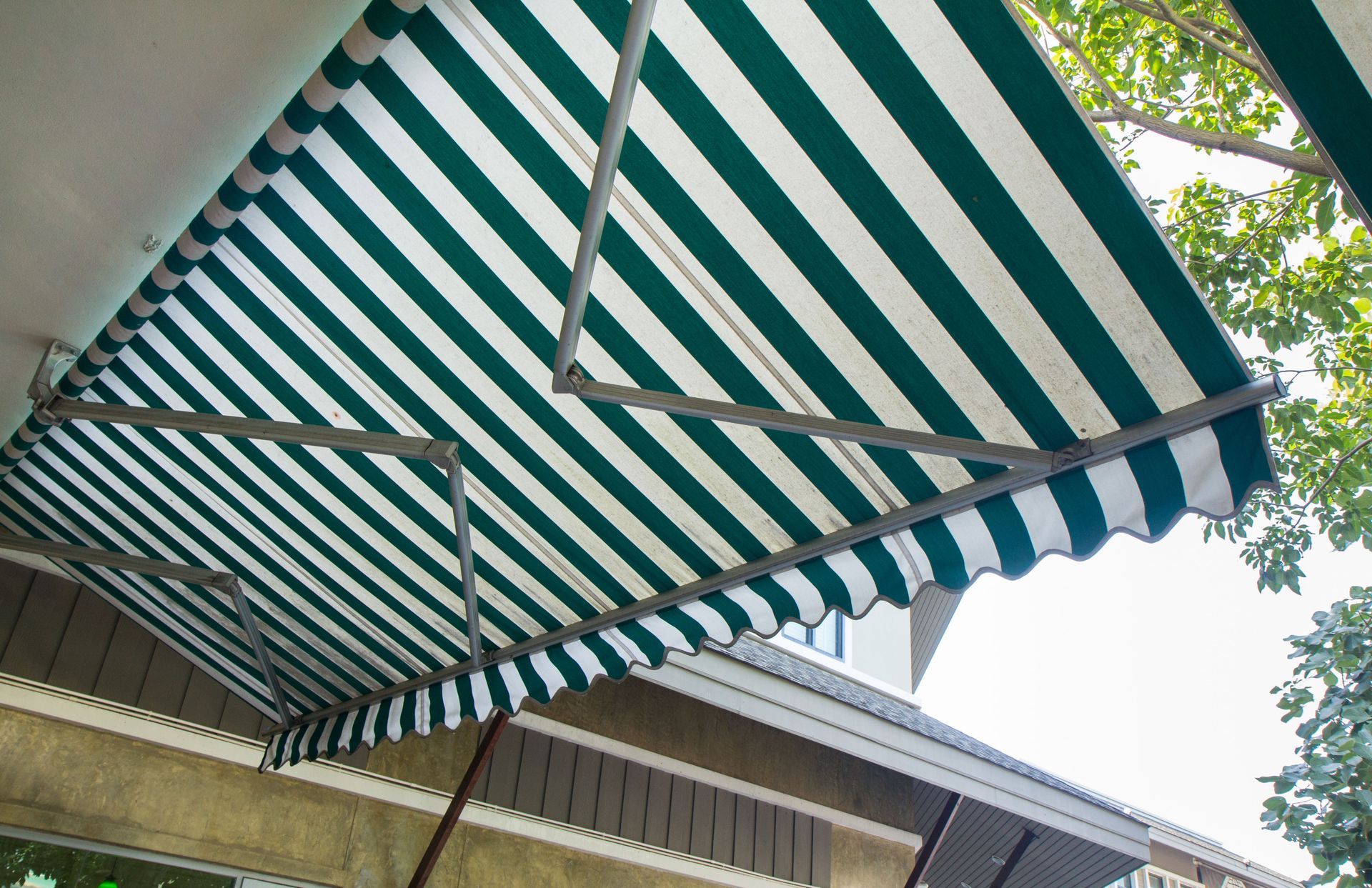
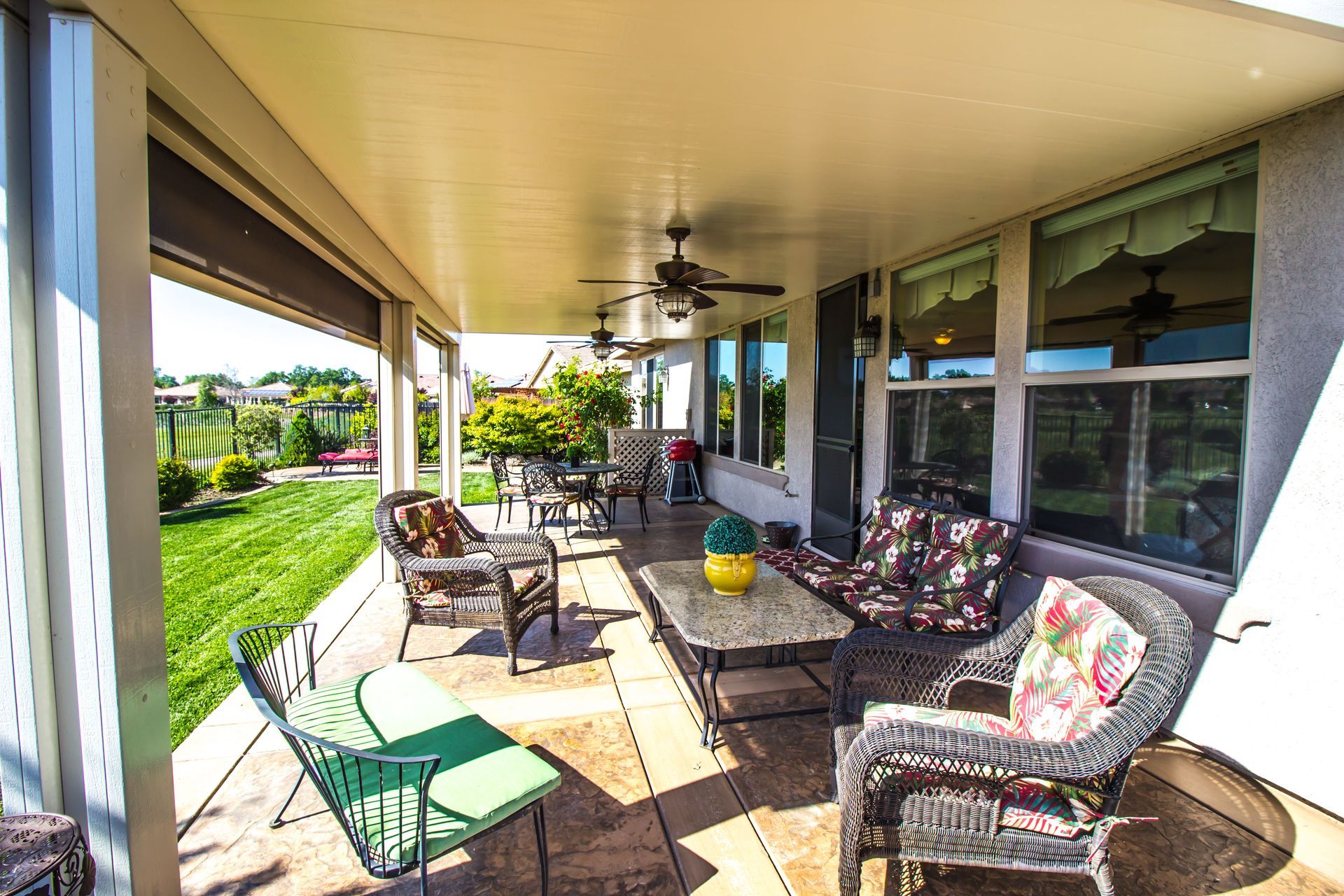
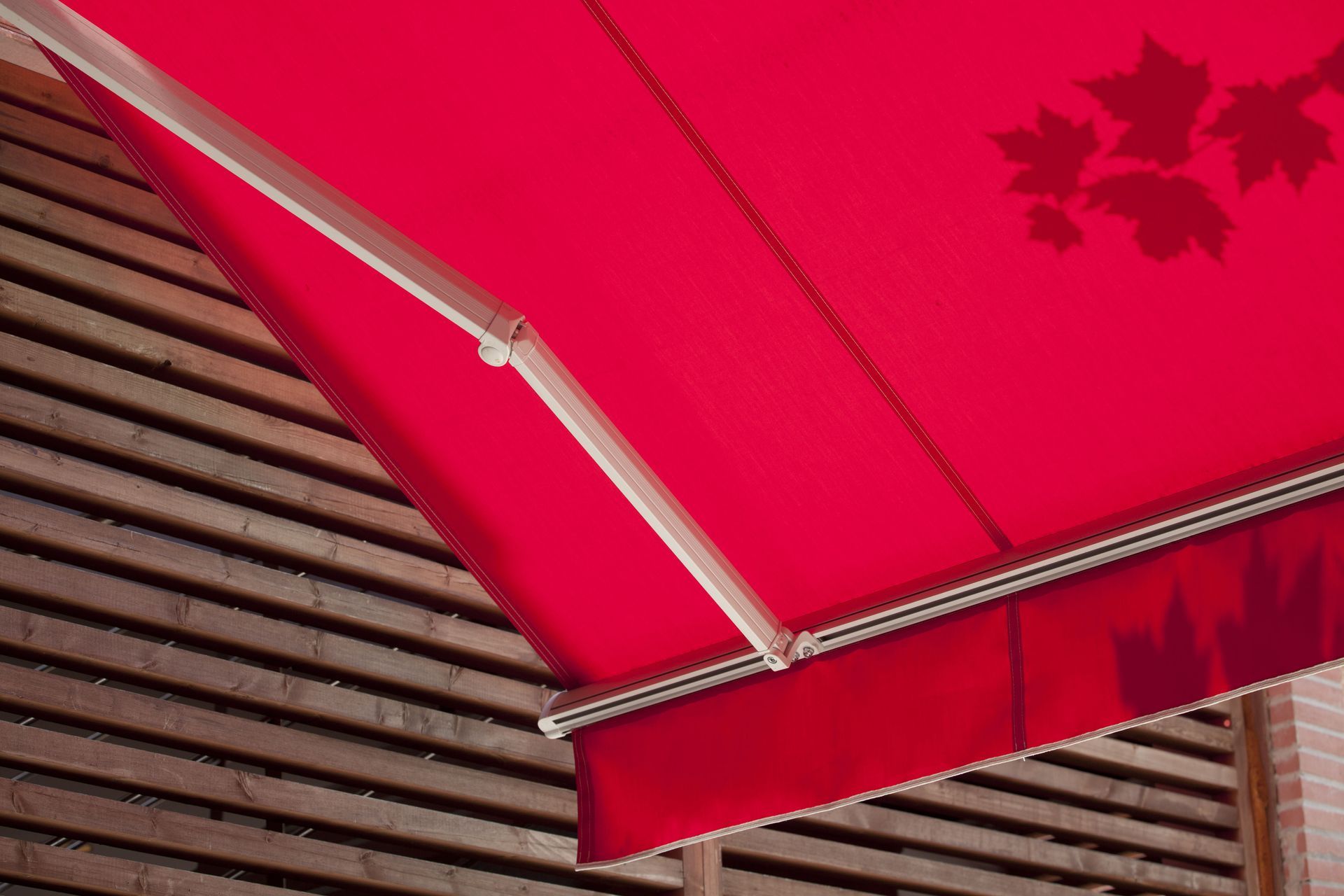
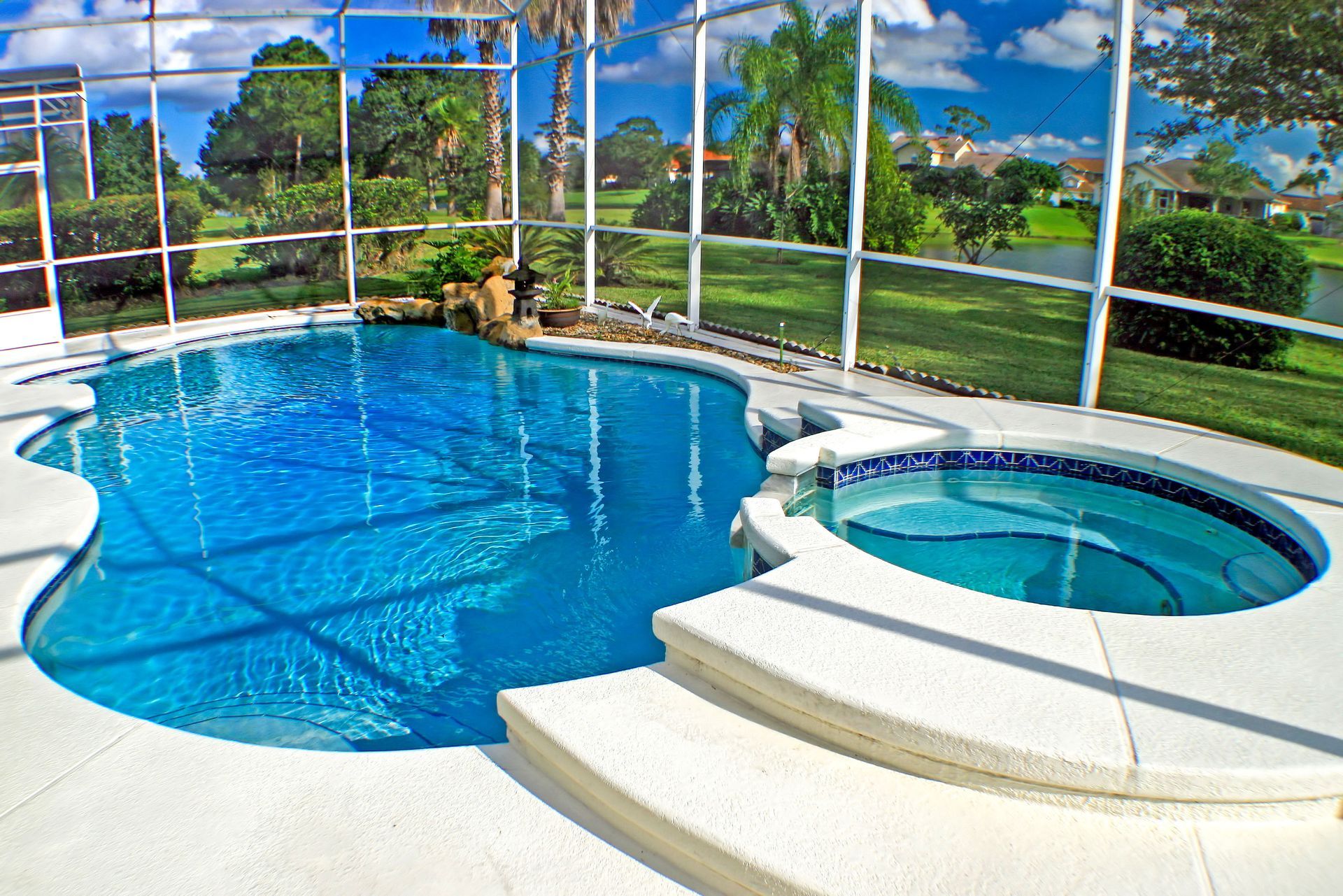
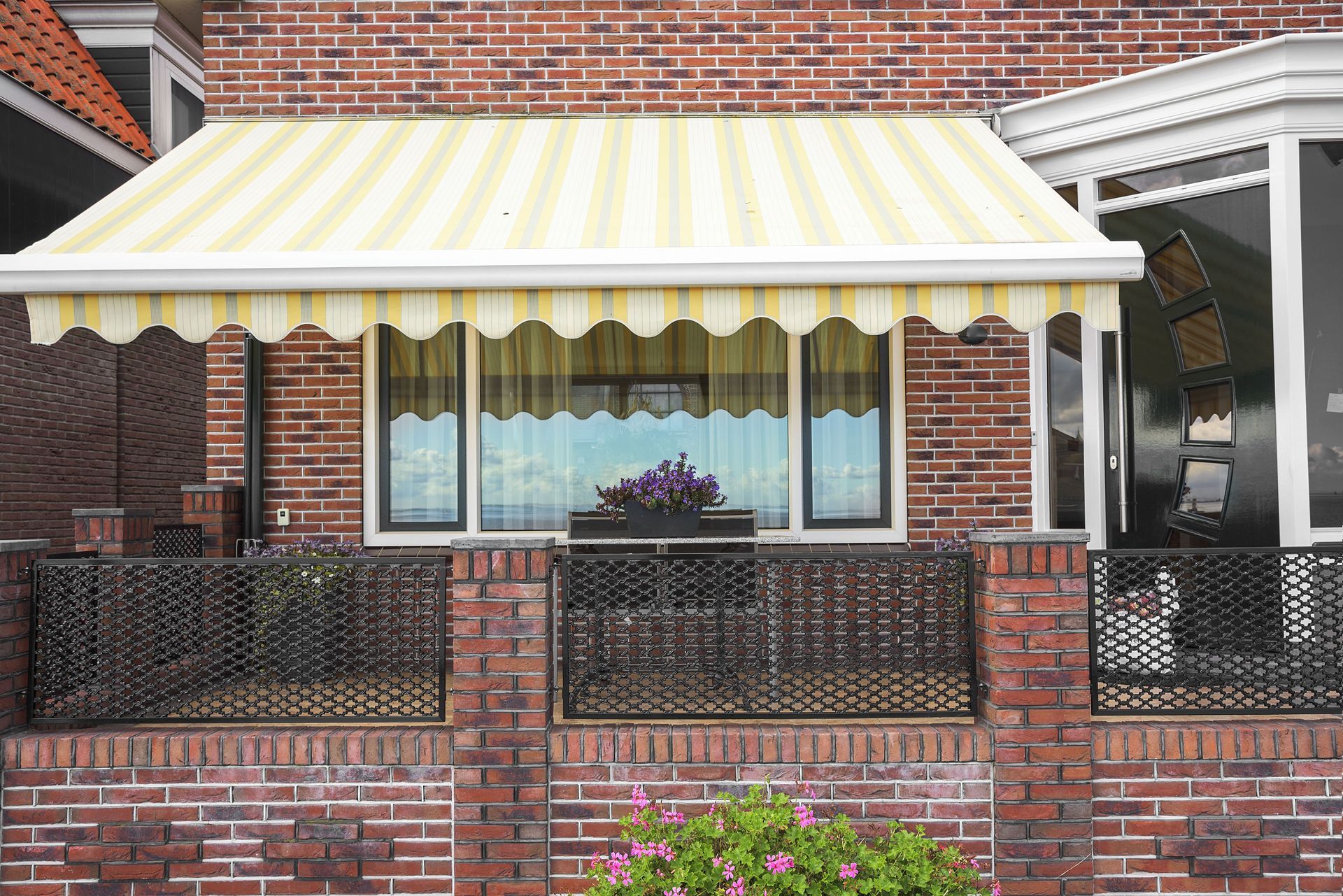
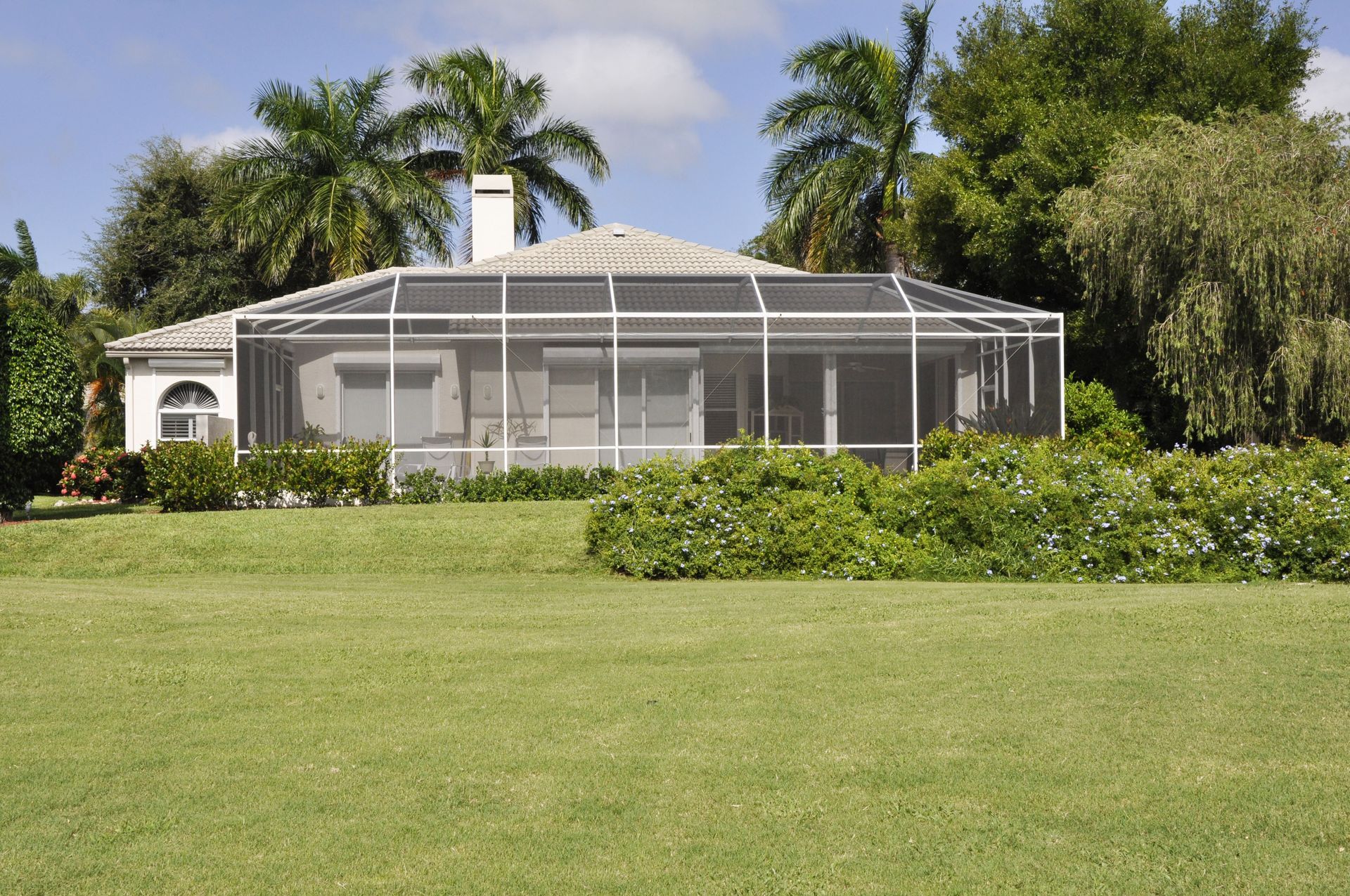

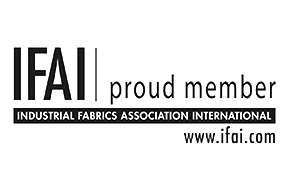
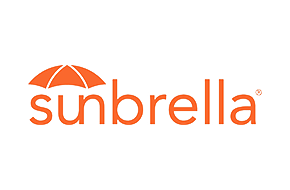
Share On: